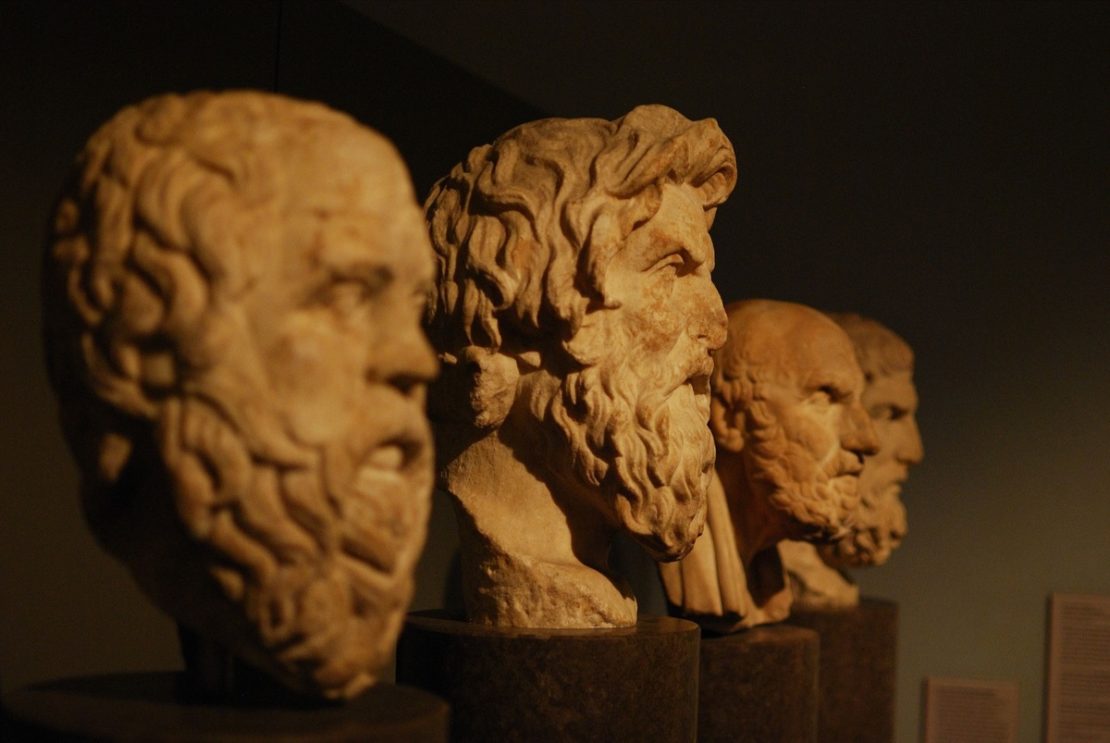The Origins of the Four Humors
The theory of the four humors has fascinated scholars, physicians, and philosophers for more than two millennia. It originated in ancient Greece with the work of Hippocrates and was later expanded by Galen. This model proposed that human health and behavior were governed by four bodily fluids: blood, phlegm, yellow bile, and black bile. Each humor was tied to one of the four classical elements—air, water, fire, and earth. It was believed to shape both physical health and psychological temperament.
A person dominated by blood was thought to be sanguine and cheerful. An excess of black bile created a melancholic, reflective personality. For centuries, medical advice, dietary habits, and even lifestyle recommendations were designed to balance these humors in pursuit of well-being. Although modern medicine has long discredited the biological basis of humoral theory, the framework influenced Western science and culture far beyond the Middle Ages and Renaissance. It provided one of the earliest attempts to classify human differences. This set the stage for the field of psychology that would emerge many centuries later.
From Shakespeare to Modern Personality Models
The influence of the four humors extended far into literature, theater, and art. In the plays of William Shakespeare, characters were often defined by their humoral temperaments. These included the hot-tempered choleric, the brooding melancholic, the playful sanguine, and the sluggish phlegmatic. These archetypes not only entertained audiences but also reflected widely accepted medical and cultural ideas of the time.
As science advanced during the Enlightenment, discoveries about anatomy and circulation gradually challenged humoral medicine. Yet the conceptual link between bodily constitution and personality endured. In the 20th century, psychologists such as Hans Eysenck began identifying personality dimensions like extroversion and neuroticism. These closely mirrored the ancient categories. Later, the Big Five personality traits—openness, conscientiousness, extraversion, agreeableness, and neuroticism—became the dominant framework in psychology.
Remarkably, when researchers examined how these dimensions cluster, they discovered patterns reminiscent of the ancient humors. For example, high extroversion with high emotional reactivity echoed the fiery choleric type. Meanwhile, calm, low-reactive personalities resembled the phlegmatic. These parallels demonstrate how an outdated medical theory continues to resonate in the language and models we use today.
Why the Four Humors Still Resonate Today
Despite being scientifically obsolete, the four humors remain deeply embedded in popular culture and self-perception. People continue to seek ways to categorize themselves, whether through personality quizzes, Myers-Briggs types, or even astrological signs. This persistence reflects a fundamental human need: the desire to classify behavior to better understand ourselves and others. Modern research in neuroscience has uncovered biological systems, such as dopamine pathways, that influence traits like sociability and risk-taking. This echoes the ancient belief that inner forces shape personality. What has changed is the scientific grounding. Today’s models rely on genetics, brain chemistry, and psychological testing rather than fluids and elements. Still, the cultural legacy of the humors is evident in the way we describe people as “fiery,” “moody,” or “warm-blooded.” By tracing the connection between the humors and modern psychology, we see how an ancient theory continues to shape both scientific inquiry and everyday language about human nature.



